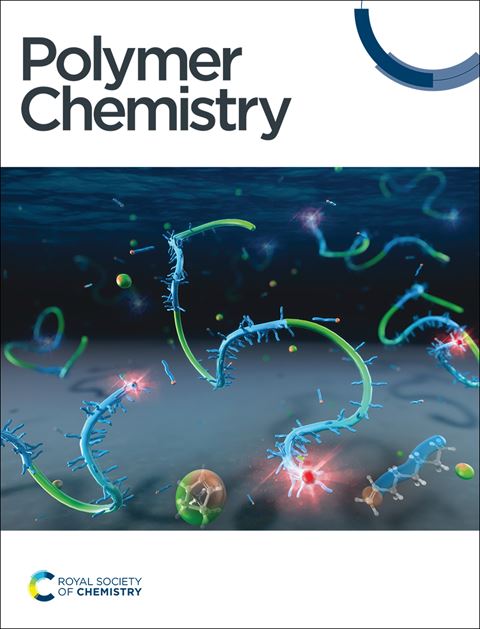Developing environmentally friendly fishing nets by integrating halogenated marine terpene with hydrogel polymers
IF 4.1
2区 化学
Q2 POLYMER SCIENCE
引用次数: 0
Abstract
Barnacles (Amphibalanus amphitrite) and blue mussels (Mytilus galloprovincialis) cause significant damage to ship hulls and fishing nets. To address these issues, organotin compounds such as tributyltin oxide have historically been used as antifouling agents. However, the use of organotin compounds has been globally restricted since 2008 owing to their environmental impact. Currently, copper-based compounds are being used as alternatives; however, concerns regarding their ecological effects remain unaddressed. While antifouling measures for ship hulls are well-established, effective solutions for fishing nets are still limited. To address this gap, we aimed to develop environmentally friendly fishing nets using halogenated marine terpene and hydrogel polymers. The marine red alga genus Laurencia is known to be a rich source of halogenated secondary metabolites with various bioactivities. Among these, laurinterol, a compound abundantly found in Laurencia okamurae, exhibits remarkable antifouling effects on sessile organisms. Additionally, polyvinyl alcohol (PVA)/poly methacrylic acid (poly(MAAc)) displays antifouling activity. Based on this, we attempted to create novel fishing nets with antifouling properties by combining the natural terpenoid laurinterol with PVA/poly(MAAc). The antifouling assay revealed that PVA/poly(MAAc) loading laurinterol suppressed byssal thread formation by 93%. This study presents data on the development of these environmentally friendly fishing nets, including detailed results of durability tests conducted in a large flowing water tank.

将卤代海洋萜烯与水凝胶聚合物相结合,开发环保型渔网
藤壶(Amphibalanus amphitrite)和蓝贻贝(Mytilus galloprovincialis)对船体和渔网造成重大损害。为了解决这些问题,有机锡化合物如氧化三丁基锡历来被用作防污剂。然而,自2008年以来,由于对环境的影响,有机锡化合物的使用在全球范围内受到限制。目前,铜基化合物正被用作替代品;然而,对其生态影响的关注仍未得到解决。虽然船体防污措施已经建立,但对渔网的有效解决方案仍然有限。为了弥补这一差距,我们的目标是使用卤化海洋萜烯和水凝胶聚合物开发环境友好型渔网。众所周知,Laurencia属海洋红藻是具有多种生物活性的卤化次生代谢物的丰富来源。其中,月桂醇(Laurencia okamurae)是一种富含月桂醇的化合物,对固定性生物具有显著的防污作用。此外,聚乙烯醇(PVA)/聚甲基丙烯酸(聚(MAAc))显示防污活性。在此基础上,我们尝试将天然萜类月桂醇与PVA/poly(MAAc)结合,制成具有防污性能的新型渔网。防污实验表明,载PVA/poly(MAAc)的月桂醇对丝线形成的抑制作用为93%。这项研究提供了关于这些环境友好型渔网发展的数据,包括在一个大型流动水箱中进行的耐久性试验的详细结果。
本文章由计算机程序翻译,如有差异,请以英文原文为准。
求助全文
约1分钟内获得全文
求助全文
来源期刊

Polymer Chemistry
POLYMER SCIENCE-
CiteScore
8.60
自引率
8.70%
发文量
535
审稿时长
1.7 months
期刊介绍:
Polymer Chemistry welcomes submissions in all areas of polymer science that have a strong focus on macromolecular chemistry. Manuscripts may cover a broad range of fields, yet no direct application focus is required.
 求助内容:
求助内容: 应助结果提醒方式:
应助结果提醒方式:


